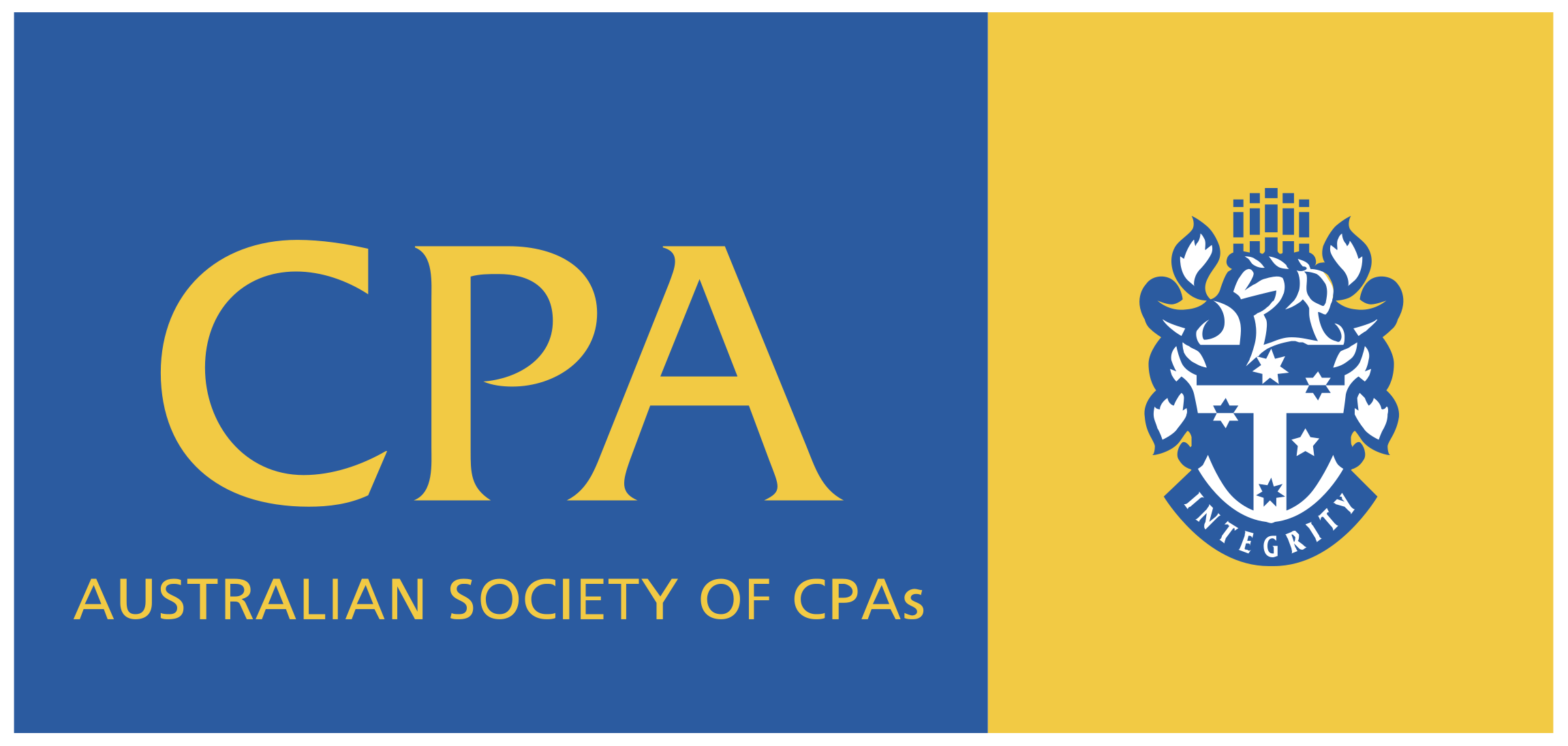The imputation system provides a way for Australian and New Zealand corporate tax
entities that pay Australian tax, to pass on to their members a credit for Australian income tax they have paid. This prevents the same
income from being taxed twice - once when the income is earned by the entity, and again when the income is distributed to members.
Franking account
The franking account is a record of franking credits and franking debits that arise in an income year. All corporate tax entities are
required to maintain a franking account, which is a notional account for tax purposes that is separate to the entity's financial accounts.
Corporate tax entities are taxed at the company income tax rate (currently 30%). Typically a franking credit would arise in the franking
account when the corporate tax entity pays income tax or receives a franked distribution. A franking debit would arise when the corporate
tax entity pays a franked distribution or receives a refund of income tax it has paid. There are numerous other events that may give rise
to franking credits or franking
debits.
At the end of an income year, an entity that has a deficit in its franking account is liable to pay franking
deficit tax.
Franked distributions
The imputation system works by franking a distribution. The general principle is that the entity allocates franking credits to members by
attaching franking credits to a distribution. For example, the entity earns $100 of profits and pays $30 tax. The entity pays a dividend of
$70 to its members and attaches franking credits of $30. The entity is required to give each member a distribution statement which must
contain required
information about
the distribution. A long list of compliance
and integrity measures exists
to prevent abuse of the system.
Receiving a distribution
The general rule for individuals receiving a franked distribution (either directly, or indirectly through interposed entities) is called the
"gross-up and credit" approach. The member who receives the $70 franked dividend must include $100 in assessable income ($70 + $30 franking
credit), and is entitled to a tax offset of $30. If the individual's tax on the dividend (at marginal rates) is more than $30, the
individual will need to pay the difference on assessment. If the individual's tax on the dividend is less than $30, the net amount is
refundable.
The "gross-up and credit" approach also applies to corporate tax entities who receive a franked distribution, with some differences. Because
the company tax rate is 30%, the $30 franking credit generally cancels out the entity's tax on the distribution. However, if the entity has
offsetting expenses, such that the entity's overall tax liability is less than $30, the net amount is not refundable. Rather, the excess
franking credit is converted to a tax loss that can be deducted against income in later years. As noted above, the franking credit attached
to the distribution also creates a franking credit in the recipient entity's franking account, which it can pass on to its members.
Trans-Tasman imputation
The trans-Tasman imputation system
allows a New Zealand company to choose to enter the Australian imputation system. This will allow the New Zealand company to maintain an
Australian franking account and pay dividends franked with Australian franking credits. Reciprocal rules have been introduced by the New
Zealand government to allow an Australian company to elect into the New Zealand rules.
Whatever your requirements, we can help you find the solution.




